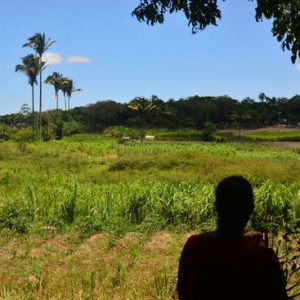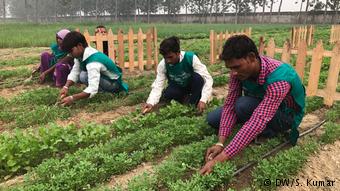Climate and Capitalism, June 17, 2018 by Colin Todhunter
Agroecology can free farmers from dependency, manipulated commodity markets, unfair subsidies and food insecurity. It is resisted by giant corporations that profit from the status quo.
Colin Todhunter is an extensively published independent writer and former social policy researcher based in the UK and India. This article was originally published as “Dangerous Liaison: Industrial Agriculture and the Reductionist Mindset,” on his blog, East by Northwest. Colin invites readers to follow him on Twitter.
Food and agriculture across the world is in crisis. Food is becoming denutrified and unhealthy and diets less diverse. There is a loss of biodiversity, which threatens food security, soils are being degraded, water sources polluted and depleted and smallholder farmers, so vital to global food production, are being squeezed off their land and out of farming.
A minority of the global population has access to so much food than it can afford to waste much of it, while food insecurity has become a fact of life for hundreds of millions. This crisis stems from food and agriculture being wedded to power structures that serve the interests of the powerful global agribusiness corporations.
Over the last 60 years, agriculture has become increasingly industrialised, globalised and tied to an international system of trade based on export-oriented mono-cropping, commodity production for the international market, indebtedness to international financial institutions (IMF/World Bank).
This has resulted in food surplus and food deficit areas, of which the latter have become dependent on (US) agricultural imports and strings-attached aid. Food deficits in the Global South mirror food surpluses in the North, based on a ‘stuffed and starved’ strategy.
Whether through IMF-World Bank structural adjustment programmes related to debt repayment as occurred in Africa (as a continent Africa has been transformed from a net exporter to a net importer of food), bilateral trade agreements like NAFTA and its impact on Mexico or, more generally, deregulated global trade rules, the outcome has been similar: the devastation of traditional, indigenous agriculture.


